
Lot 98F
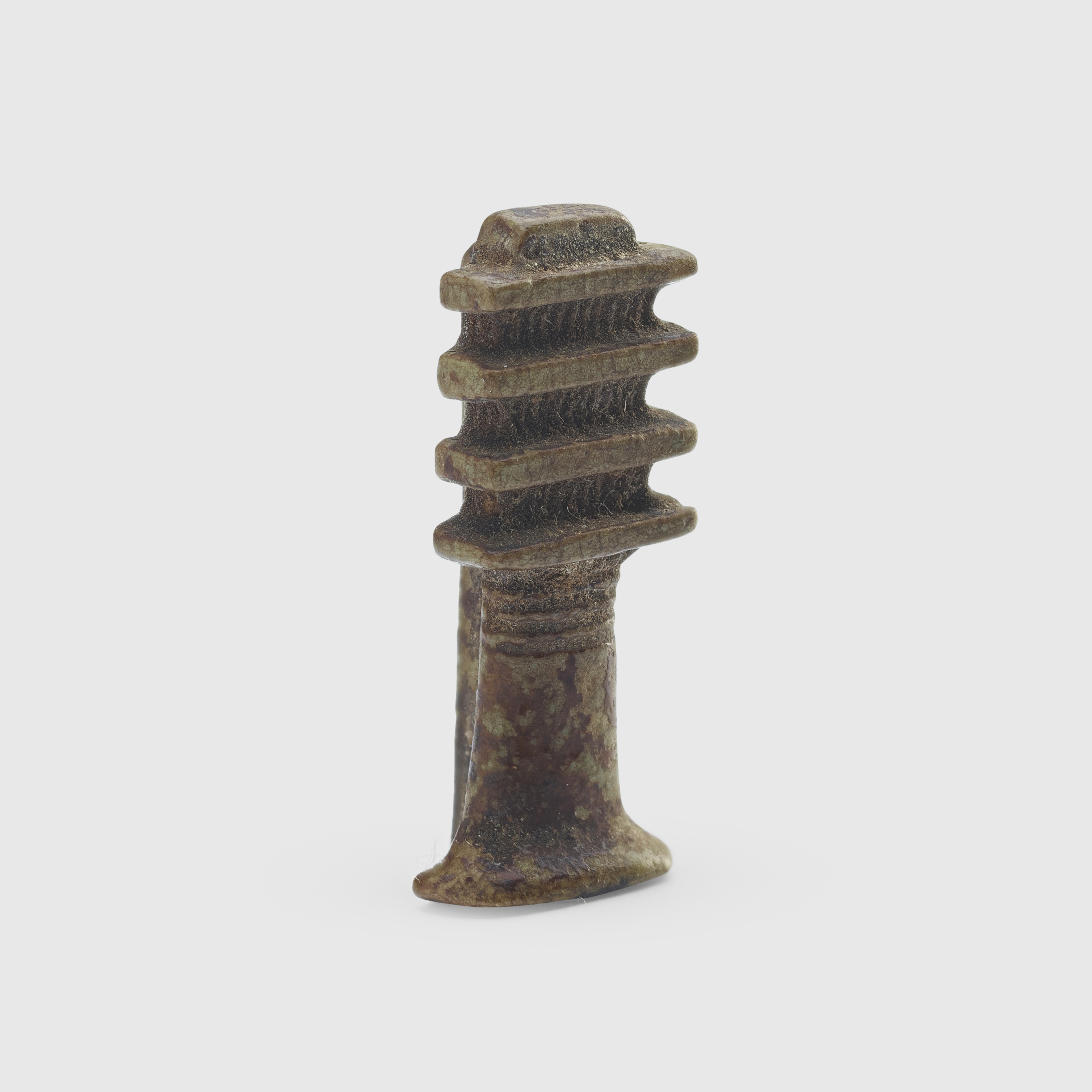
ANCIENT EGYPTIAN DJED PILLAR AMULET
EGYPT, LATE PERIOD, C. 664 - 332
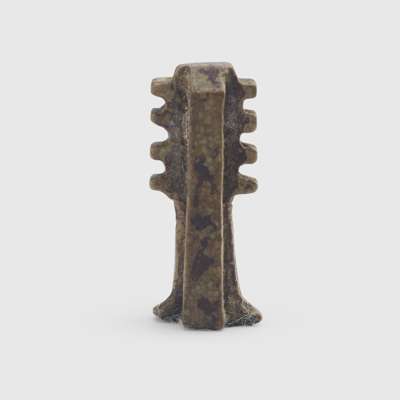
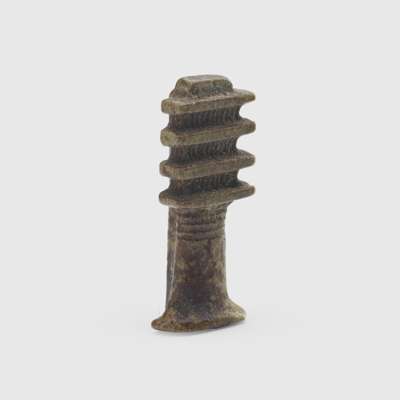


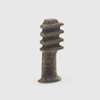
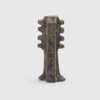
African & Oceanic Art, Natural History and Ancient Art
Auction: 30 July 2025 from 14:00 BST
Description
faience, of typical form, finely modelled with four horizontal bars surmounting a tapering columnar shaft
Dimensions
2.4cm tall
Provenance
John Hunt, Mayor of Preston (fl. 1920s), United Kingdom, thence by descent
John Hunt was the Mayor of Preston during the 1920s and played a key role in the town’s civic life. In 1927, he hosted King Fuad I of Egypt during the monarch’s visit to Horrockses Cotton Mills. As a gesture of thanks, Hunt was gifted a number of Egyptian artefacts, including the present piece.
Footnote
The djed pillar is a stylised form of an ancient emblem that likely originated from a bundle of plant material. From the earliest periods of Egyptian civilisation, it symbolised stability and endurance. In later times, it became linked with the god Osiris and was regarded as a representation of his spine. In this context, the djed pillar was most likely employed as a funerary amulet, intended to grant lasting stability and to forge a close association between the deceased and Osiris, who was resurrected after death.





